 Hire a Tutor
Hire a Tutor 


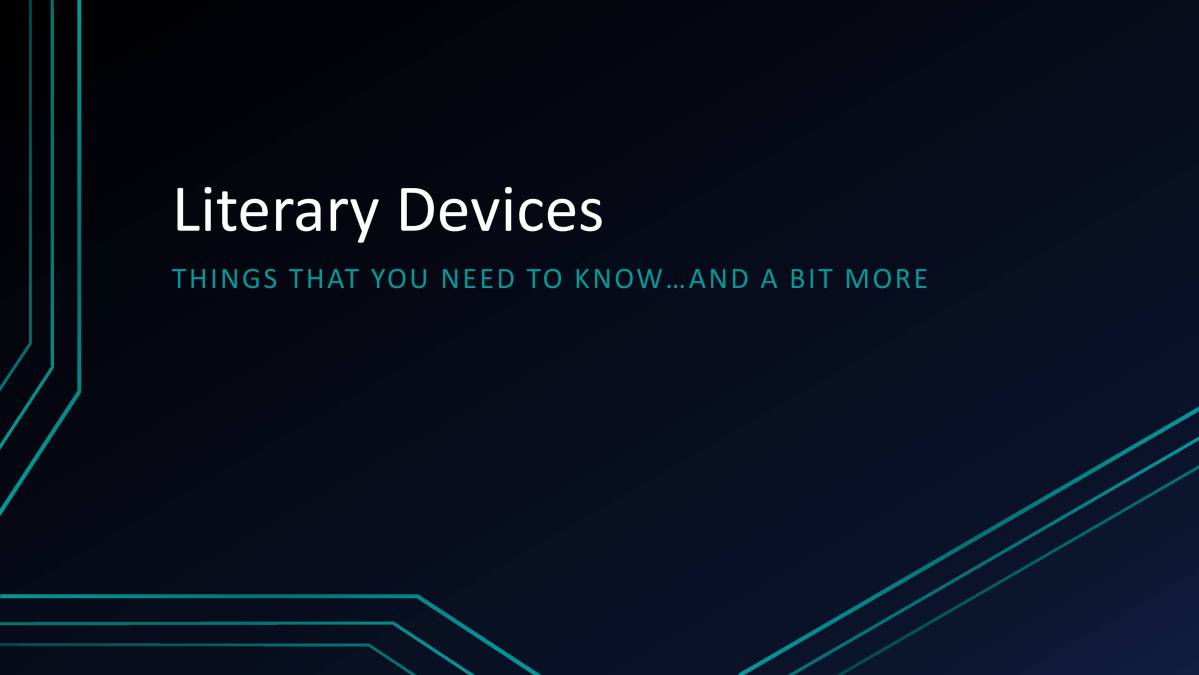


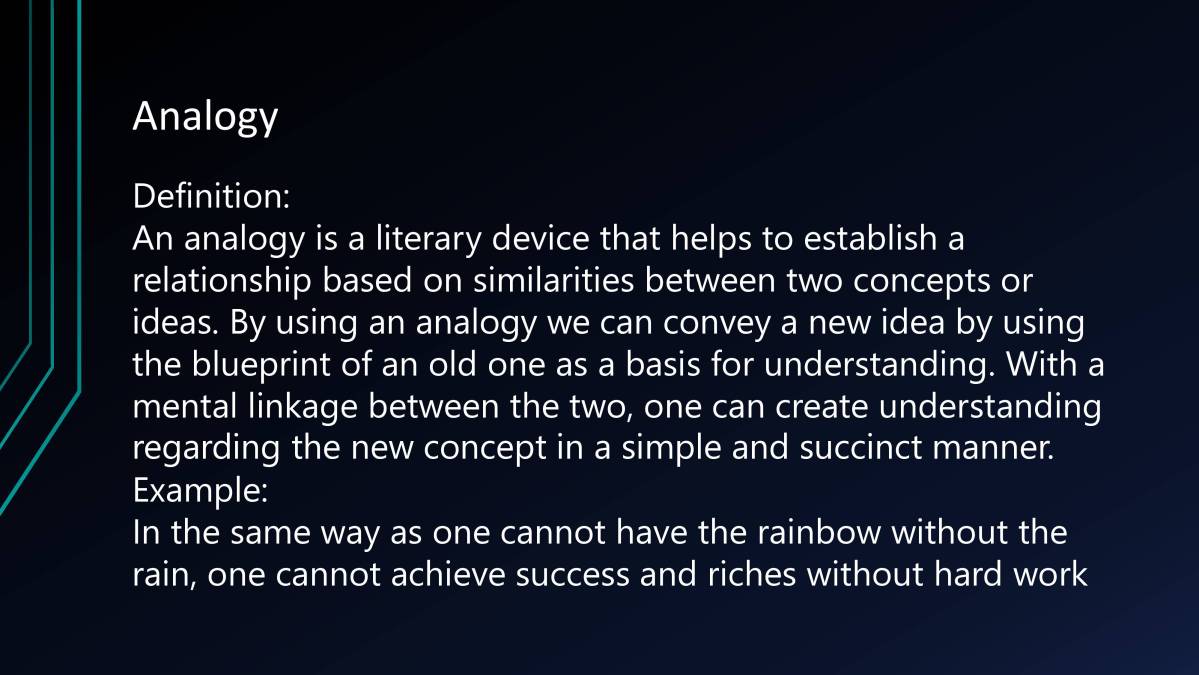
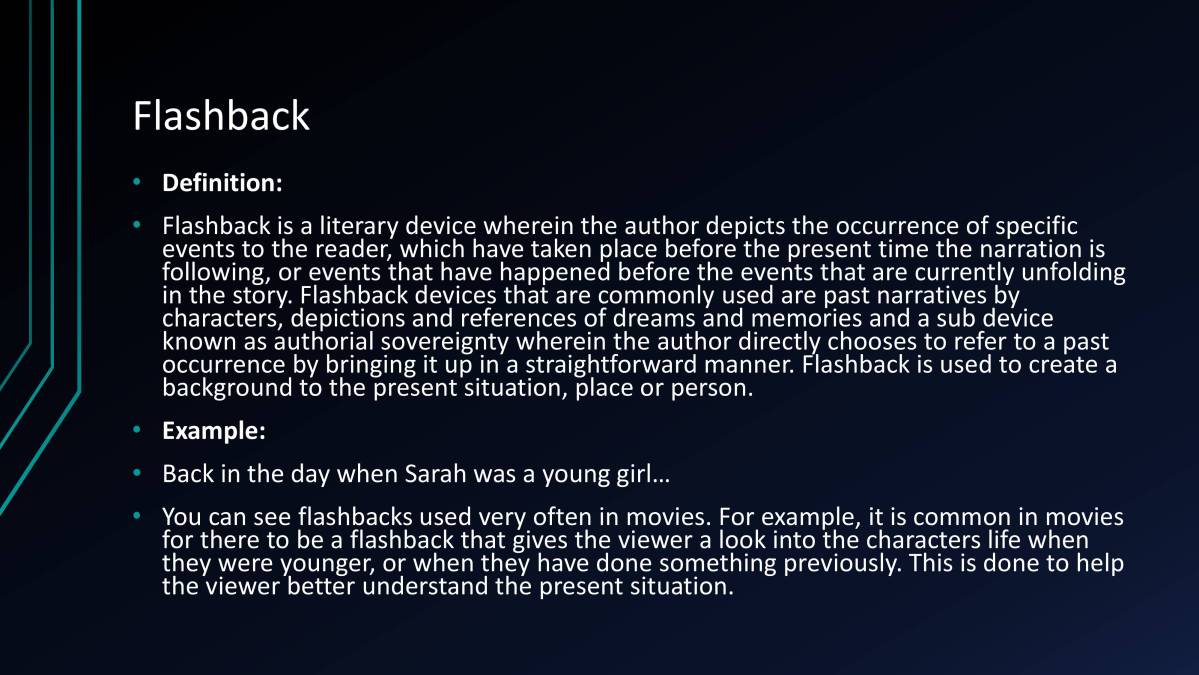
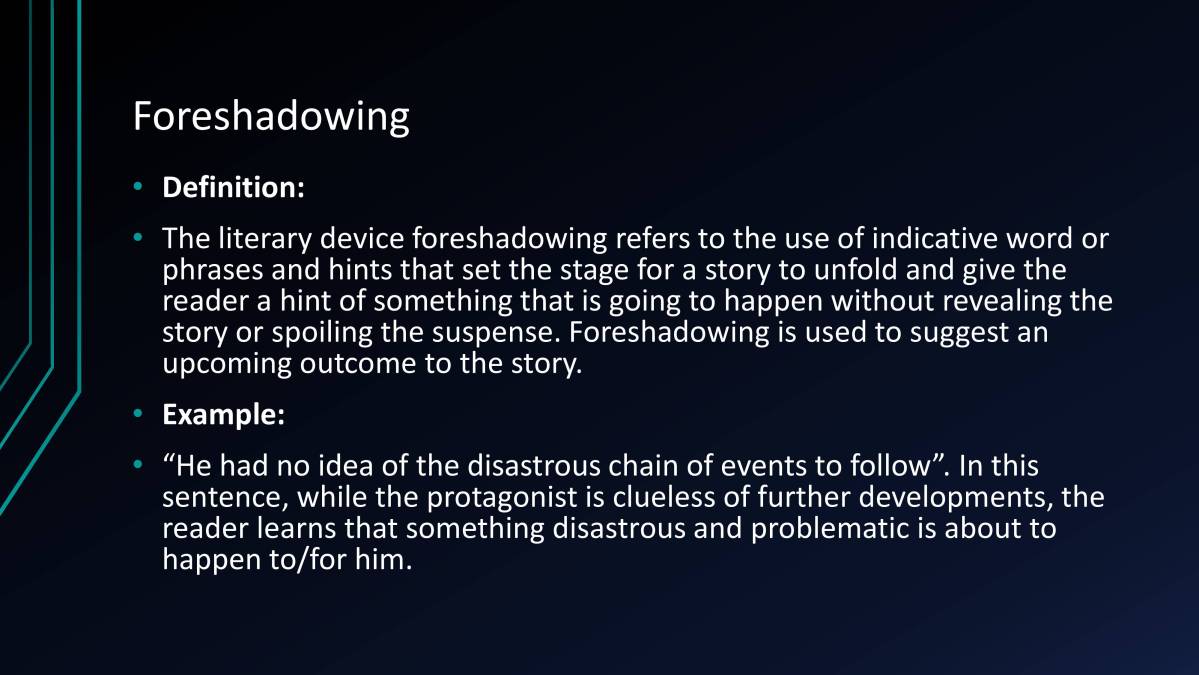

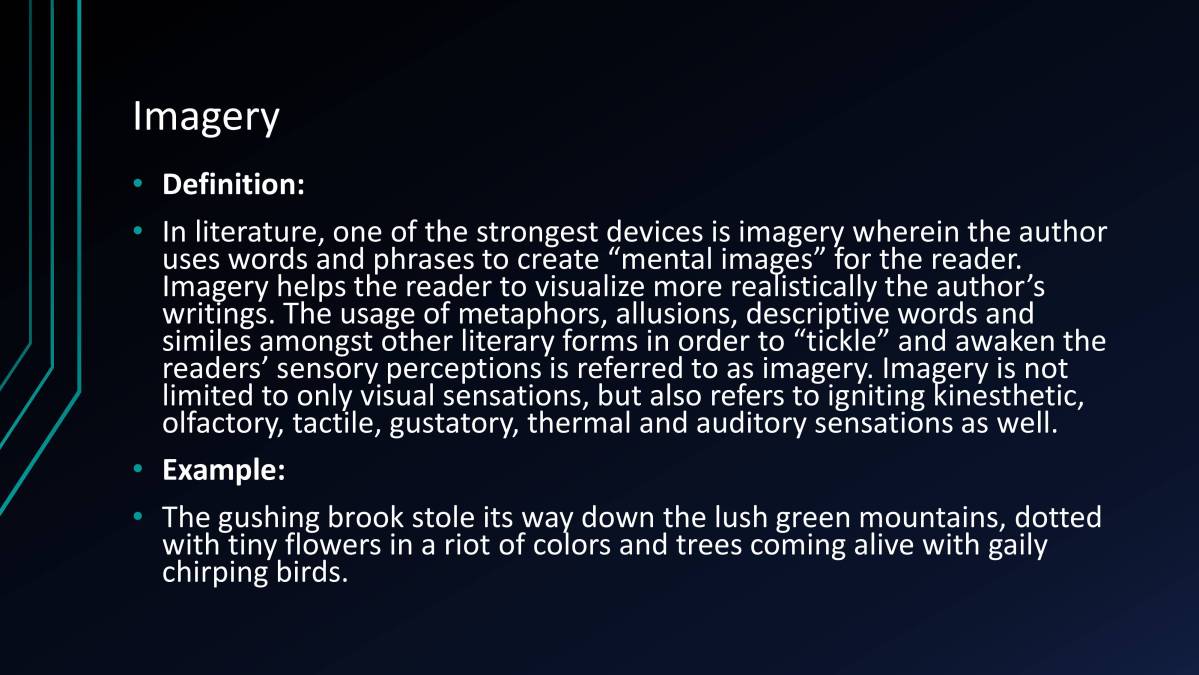







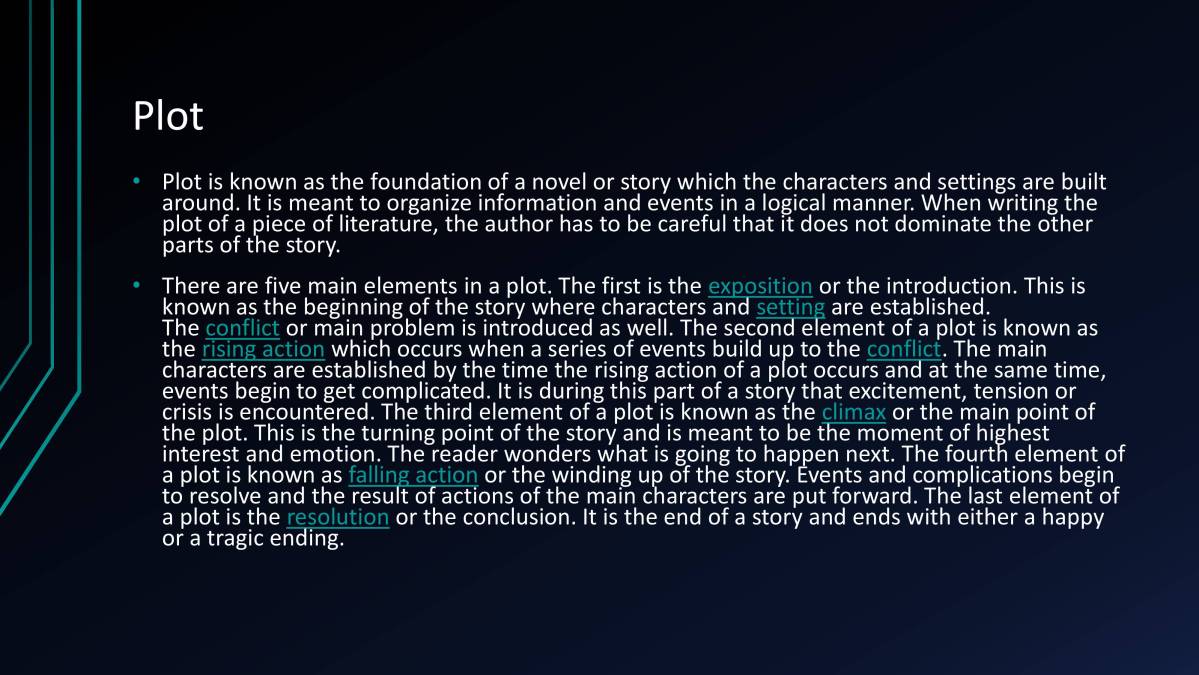

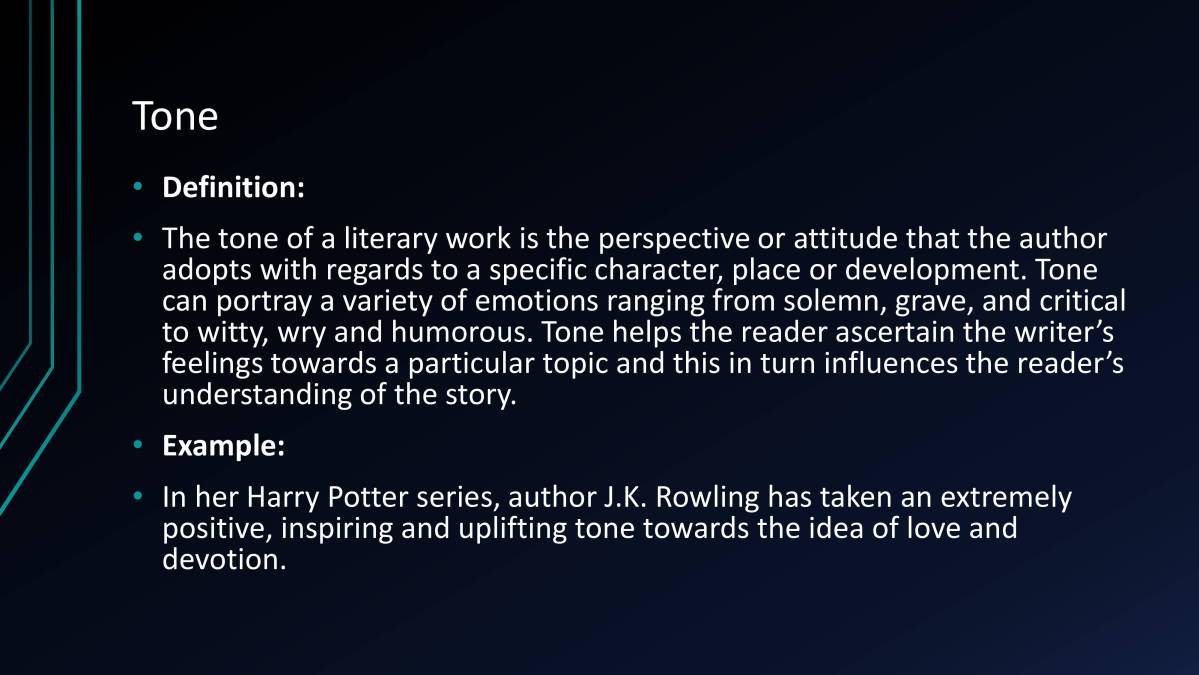


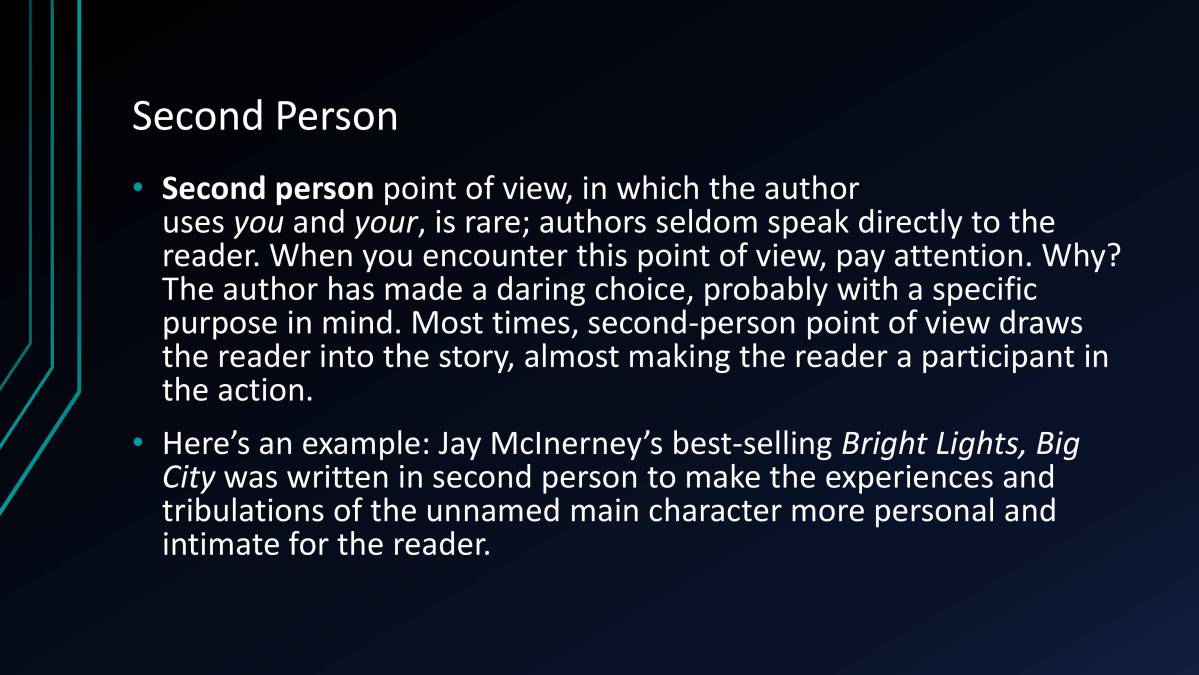

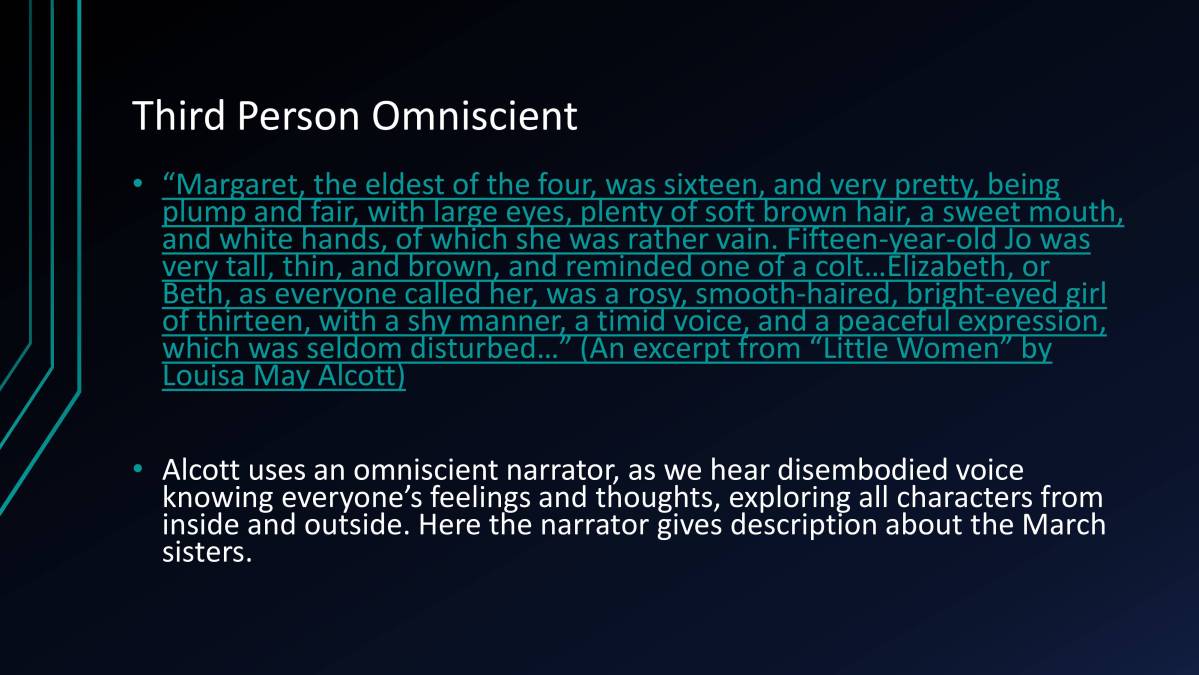

A list of literary devices with descriptions that are useful when it comes to explaining and understanding the elements in a text. Alliteration, Assonance, Analogy, Flashback, Hyperbole, Imagery, Irony, Plot, Characterization
1 year of teaching experience
Qualification: Degree
Teaches: English
